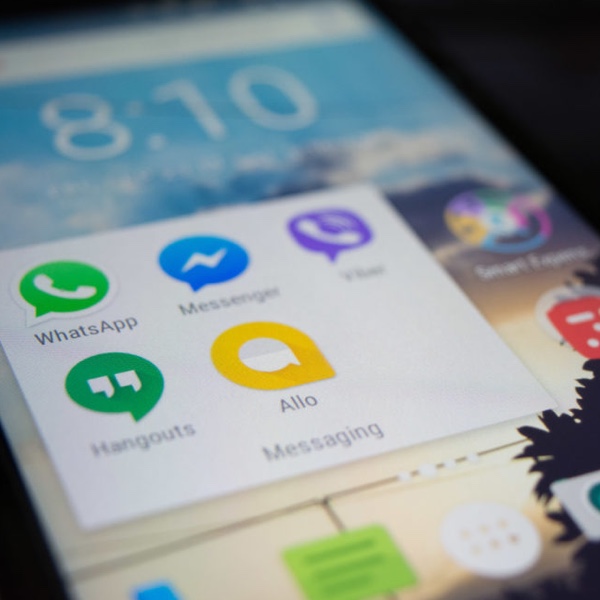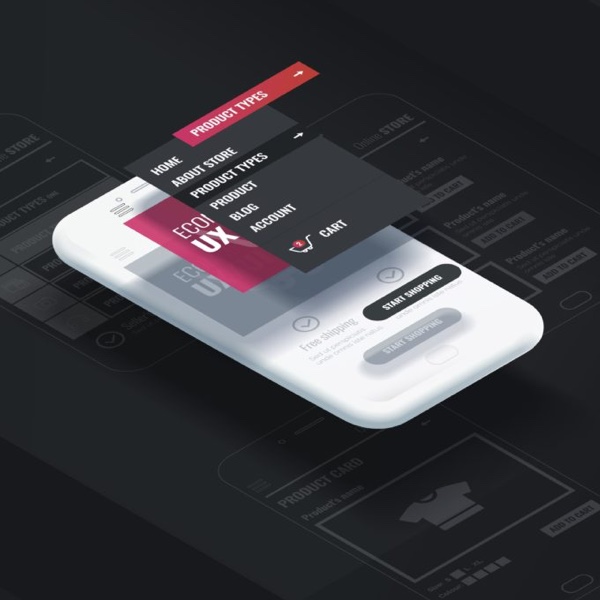What does it take to create a successful app? The data shows that it might be more difficult than most would anticipate. While apps are used more today than ever, they aren’t downloaded quite as often. This means that a select few apps are dominating the overwhelming majority of user attention share. It is critical now more than ever that app developers solve real problems with their products and perform real research before writing any code.
Benchmarking Success
The definition of success differs depending on the nature of your app and your business goals. Typically, KPIs for measuring success are reflected in the following:
Quantity – The number of downloads, percentage of target customers, usage statistics, or other quantitative metrics.
Revenue Goals – If your app is set to monetize, success may be defined as a revenue figure, which may be driven from paid downloads or via in-app purchases.
The app market has grown exponentially over the course of the last couple years, with apps now representing 52% of the time that people spend with digital media. That’s up 40% from 2013. In fact, 7 out of every 8 minutes of media consumption on mobile devices is spent via apps. US users on average have twice as many apps today as they did in 2013, with an average of 42 apps on smartphones and 35 on tablets. Seems like apps are all the rage, right?
Actually, as one begins to dig deeper into the data behind app consumption, you’ll start to find that the app market isn’t quite what it seems to be. In it’s current state, the marketplace is rather saturated with apps for just about every possible function. Yet at the same time, users are indicating that they just don’t want that many apps, especially if they don’t solve an explicit problem.
Another issue that’s been raised is that Apple’s app store doesn’t allow for much discoverability, causing many frustrated users to ditch the sub-par search functionalities and resort to downloading from “top 25” lists instead. But perhaps most shockingly, we’re finding that the overwhelming amount of app usage time is being spent on a very select number of apps. People are using apps, but they aren’t downloading them. And the list of apps that they are using is short.
200 Apps Dominate the Market
According to Nielsen, 70% of total US smartphone app usage is accounted for by the top 200 apps in the marketplace. We especially saw this in one of comScore’s follow-up studies, where they looked at the top 25 mobile apps in America (by unique visitors).
Facebook was by far the top app, with 115.4 million unique monthly visitors. Being that there were 160 million total app users in the US at the time of the study, that’s an impressive 72% penetration rate. For context, Facebook had around 1.1 billion mobile users worldwide at the time. We also found that Google was the top publisher, occupying spaces 2, 3, 4, 6, 7, and 16.
It’s also important to note that there were no games in the top 25%, even though 59% of apps downloaded are games, compared to 21% for communication, 9% for entertainment, and 6% for mobile commerce. This is likely since games tend to spike in popularity and then decline, while apps from publishers like Facebook and Google are more here to stay.
Regardless of how success is measured, most apps that are released will fall well short of their goals. Here’s why.
Reason #1: Wrong App Ideas and Poor Execution
Most people are locked into a vision that their app ideas are outstanding. For humans, it’s natural to assume that something is unique and original only because they’ve come up with the idea in the first place. Yet, such thinking, while normal, is counterproductive.
If you have an app idea, stop building castles in the air but acknowledge a very simple, yet important truth: Most apps are poorly researched and badly executed.
It’s easy to think that customers will love your app, but can you justify it? Have you researched the market? Have you checked what your competitors do? Have you gathered any data to prove that you’re not going to waste time and money on something nobody really cares about?
Therefore, start analyzing user preferences by going directly to the App Store and Google Play Store. There are tons of ‘top-X most popular apps” on the web, but you should take them with a great deal of skepticism. Too many people trying to sell stuff.
Instead, look at the free and paid charts in the Stores. Your goal is to spot out trends and analyze them. When you have some data on your hands, ask yourself whether your app idea fits what you see in the patterns.
Reason #2: Ignoring Platforms
Android and iOS (as well as other platforms) have very intuitive interface guidelines. They operate in different ways, using different gestures and common buttons or prompts placed in different areas.
For example, Android users are accustomed to a back button that is built into the hardware. Apple devices don’t have this. Failing to account for platform-specific nuances like this can severely affect user experience.
When developing for multiple platforms, it’s important to build with platform differences in mind. Apps that don’t do this correctly will result in frustrated end users, and given that the average user will decide in less than a minute whether your app is worth using, a little frustration can mean a whole lot of failure.
Reason #3: Lack of Proper Monetization Strategy
Most people, when going to develop an application, think that they will:
- design and develop the app;
- market it;
- get visitors and regular customers;
- make a fortune.
A large number never go beyond point 1. Even if you do the design, development, and marketing right, but you still need a well-planned monetization strategy. Per Gartner, only 0.01% of mobile applications will be considered financially successful by 2018. Some apps are just unoriginal, lack important features, or suffer from mobile app development failures or have usability issues. Yet, the most common reason why most mobile apps fail financially is that their owners can’t properly monetize the apps.
Reason #4: Poor User Experience
There are a lot of components involved in building an app that offers a great user experience, but at the basest level your app needs to be intuitive. If a user struggles to perform basic functions on your app and can’t figure out core functionalities easily, the result is very poor usability. Some other examples of poor user experience include:
- app performance issues (slow or lagging)
- long load times
- long registration processes
- features that are difficult to access
One thing to pay attention to is platform-specific UI/UX best practices. As mentioned above, ignoring these is a costly mistake as each platform has elements that are unique and that their users are accustomed to. For example, minimum sizing for touch controls or specific swipe gestures will differ from platform to platform, with users expecting results from the actions to be familiar and consistent with other platform applications.
Conclusion
Developing a great app is not easy. Take the time and spend the money to build the best app you possibly can. Build it, test it, release it, then fix the next batch of problems quickly. And repeat. With the audience, as fickle as they are today, you might only get one chance to make a good impression. Put your best app foot forward by releasing a fully vetted product while continuing to listen to your audience to improve and iterate.







